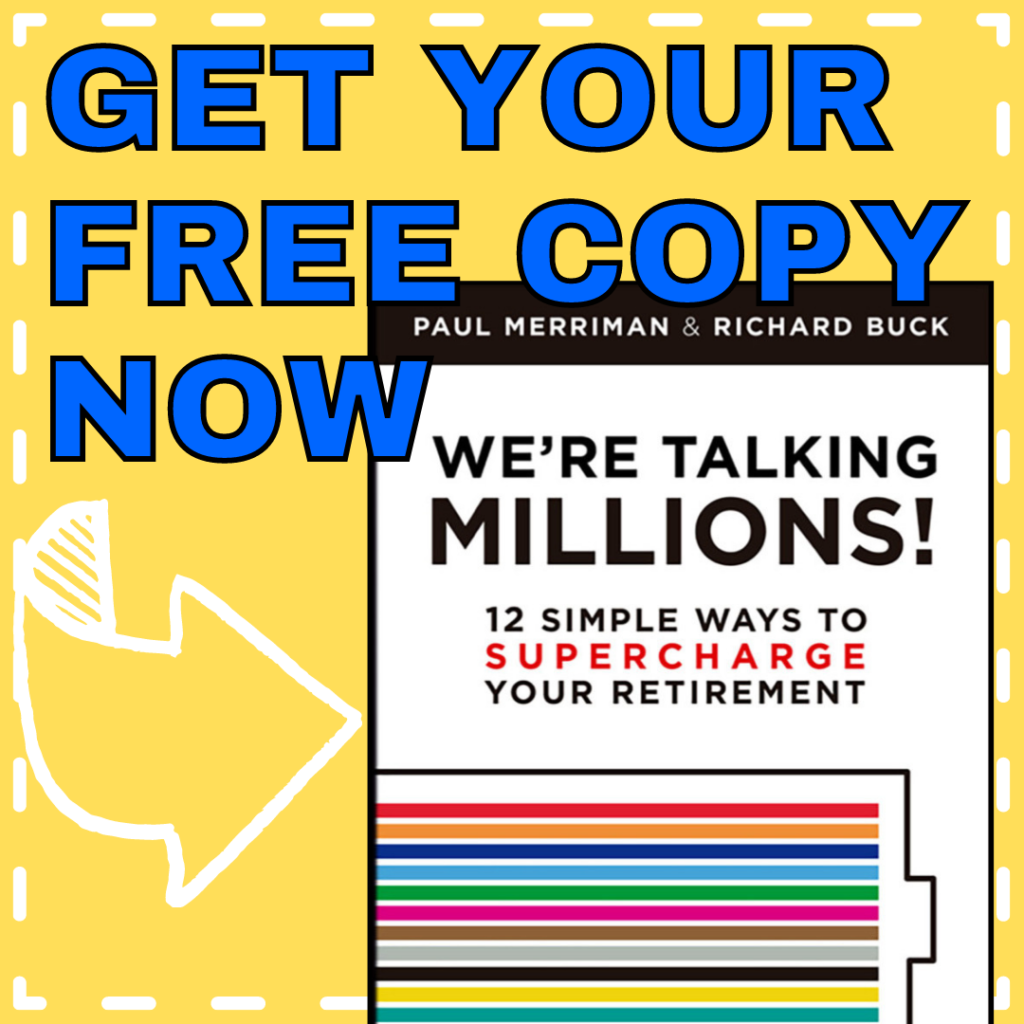Our Mission: Empower Do-It-Yourself Investors with Free Academic-based Research & Resources for Life-long Investing
Which is better, a cap-weighted or equal-weighted S&P 500 fund?
Reprinted courtesy of MarketWatch.com.
Published: Jan. 13, 2024
To read the original article click here
If you own a S&P 500 fund, here’s what’s happening: Either you’re massively bulking up on a relatively small number of giant companies or you are investing as if the fortunes of U-Haul (to pick a company at random) and Microsoft are equally important to your financial future.
Most likely, you’re doing the former, because almost all S&P 500 funds are cap-weighted, meaning that companies with high total market value make much more difference than smaller companies.
For example, a cap-weighted S&P 500 fund owns about 200 times as much Microsoft MSFT (total market cap = $2.8 trillion) as it does U-Haul UHAL (total market cap = $13.8 billion).
If you own an equal-weighted fund, you own just as much stock in U-Haul as you do in Microsoft — and in every other stock in the S&P 500.
What’s the big deal?
Many investors are comforted by the fact that the S&P 500 lets them diversify into 500 companies.
However, when you see that the index moved up or down on a given day, about one-third of that “action” comes from the 10 largest companies in the index: Apple AAPL, Microsoft, Amazon AMZN, Nvidia NVDA, Alphabet Class A GOOGL, Meta Platforms META, Alphabet Class C GOOG, Tesla TSLA, Berkshire Hathaway BRK, and Broadcom AVGO.
By themselves, Apple and Microsoft represent about 14% of the index’s value. (Apple’s concentration is actually greater; The Motley Fool recently reported that Apple shares make up nearly half the portfolio of Berkshire Hathaway.)
A subset of these giants known informally as The Magnificent Seven (Amazon, Apple, Alphabet, Meta, Microsoft, Nvidia and Tesla) accounts for nearly two-thirds of the total gains in the index in 2023.
If you’re hoping for diversification among large, familiar companies, you might want your investments to include companies like Intel INTC, Coca-Cola KO, Walt Disney DIS, Delta Air Lines DAL, Boeing BA, Pfizer PFE, and American Express AXP.
In most S&P 500 index funds, the stocks of those seven companies together make up less than 3% of the portfolio.
Which is better: equal weight or cap weight?
Only you can decide which type is better for you. Here are three ways you can look at the question.
Philosophically, the popular cap-weighted index funds don’t give you as much meaningful diversification as you probably think. The vast majority of those 500 names don’t make a lot of difference.
By this measure, I would vote for equal weighting.
Psychologically, a cap-weighted fund will be more comfortable, with returns that follow what you read about and hear about. If you own an equal-weighted S&P 500 fund, your returns won’t track what’s in the news, and that can be disconcerting.
By this measure, I’d vote for cap-weighting.
Financially, it’s a tougher call. Your first question is probably: which type of fund performs better? The answer: It depends.
Fortunately, we can do a comparison going back to the end of 1987, looking at returns of the cap-weighted Vanguard 500 Index Fund VFINX and Invesco Equally Weighted S&P 500
Fund VADDX.
Since Dec. 31, 1987, the Vanguard fund compounded at 10.7%, the Invesco Fund at 10.9%. Although that looks mighty close, over that long period, an initial $10,000 investment would have grown to $399,341 in VFINX vs. $414,646 in VADDX.
Future returns will depend on a variety of things that can’t be predicted.
When huge stocks are doing better, cap-weighted funds will shine. When smaller stocks are leading, an equal-weighted fund is likely to outperform.
For investments in taxable accounts, the choice is a no-brainer: choose the cap-weighted fund. The reason: In order to keep the weights of 500 stocks equal, the managers of an equal-weight fund have to make 10 times the number of trades, each one of which generates what accountants call a tax event for the fund.
I found a Morningstar calculation showing inside a taxable account, VFINX investors in the top tax bracket would have lost 0.3 percentage points of return in the form of taxes, vs. 2.2 percentage points for VADDX shareholders.)
Otherwise, it’s your choice. Most investors, probably without realizing the full implications of this decision, pick the cap-weighted variety.
Looking into the future
I won’t try to predict the future, but I can’t help but wonder how many – if any – of today’s “Big 10” stocks will still be dominant 36 years from now.
Only three of the top 10 companies in today’s S&P 500 even existed in 1987. There was no Tesla, no Netflix, no Facebook or Google.
Here were the 10 largest stocks in the S&P 500 back then, ranked by revenue instead of total stock market value:
- General Motors GM
- Exxon XOM
- Ford F
- International Business Machines IBM
- Mobil
- General Electric GE
- AT&T T
- Texaco
- Dupont DD
- Chevron CVX
-
Every one of those companies is still part of the S&P 500, although Mobil is now part of Exxon and Texaco is part of Chevron.
Only Exxon Mobil is among the top 20 S&P 500 stocks today. Chevron Texaco is 24th, IBM, once a dominant technology giant, is now 49th. GM has slipped to 164th, Ford to 171st and Dupont to 251st.
Combined, these former giants make up just 3.01% of today’s index.
There are two pretty obvious takeaways from all this. First, things change. Second, a cap-weighted index reflects those changes, automatically keeping up with the times.
I won’t be around in 2060. But I’m willing to break my no-predictions rule and all but guarantee that the makeup of the S&P 500 index will look quite different then.
If you’re following Chris Pedersen’s 2 Funds for Life strategy, I recommend his latest video. And if you want my review of the markets in 2023 and my predictions for 2024, you’ll find them on my latest podcast.
Richard Buck contributed to this article.
Paul Merriman and Richard Buck are the authors of We’re Talking Millions! 12 Simple Ways to Supercharge Your Retirement.
Delivery Method. Paul Merriman will send stories to MarketWatch editors on a biweekly basis. Licensor may republish such stories 24 hours after publication on MarketWatch with the attribution.
The Merriman Financial Education Foundation is a registered 501(c)(3) organization founded in 2012.
All donations are used to support our work. Deductions are permissible to the extent of the law.
Contact us at info@paulmerriman.com
All information on this site is provided free of charge (with the exception of books for sale) and is funded in full by The Merriman Financial Education Foundation.
Anyone wishing to use this educational information in web-based or printed materials are welcome to do so with the following attribution and link:
“This information freely provided courtesy of PaulMerriman.com.” We would also appreciate a copy and link of where it has been published via email.
All Rights Reserved

